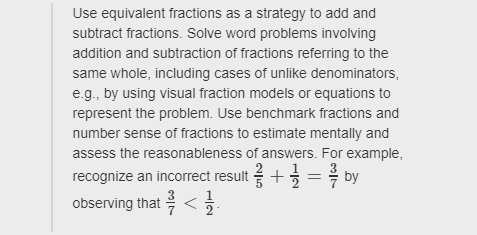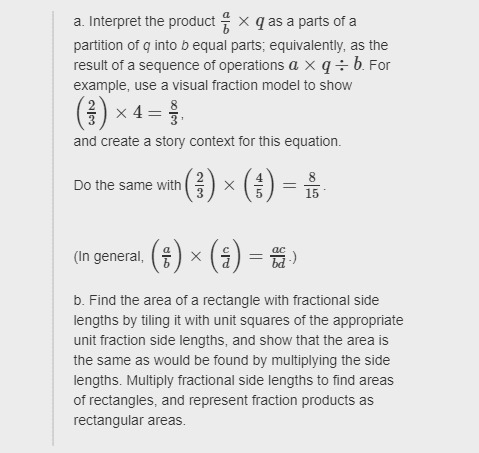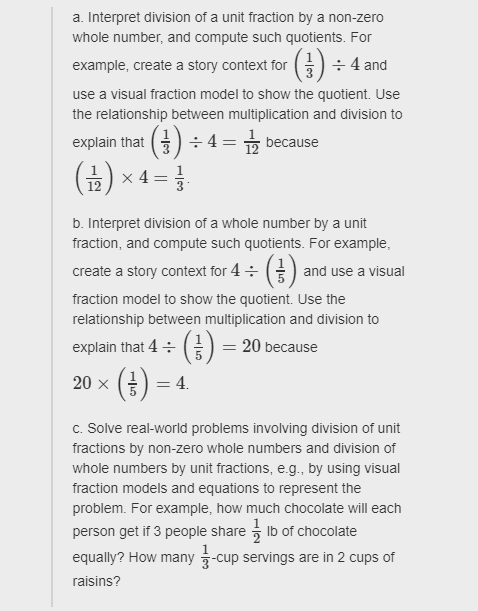Florida Invaded by Burmese Pythons — Teacher Guide
Direction
Group Work
In this project, students work in small groups to:
- plot the movement of pythons after capture and release;
- use calculators to compute each snake’s weight-to-length ratio as a fraction, using calculators to convert the fractions to decimals; and
- compute the average weight and length of each python.
Answer keys for the group work are provided. Teachers are not expected to score the results of group work but should check for accuracy.
Materials Needed
Each student will need:
- one copy of the 40 by 40 grid to plot the movement of pythons (students access the tracking information online);
- one copy of the “Determining the Size of Pythons” worksheet (students access the python weights and measurements online); and
- one copy of the “Speed and Reproductive Habits” worksheet (students access the distance traveled and reproductive rates online).
- Students choosing Option 1 of the final project will need a video camera or laptop/ tablet/phone capable of capturing video.
- Students choosing Option 2 of the final project will need a computer with slideshow software (such as PowerPoint) or access to an online slideshow application (such as Prezi).
- Students choosing their own presentation option for the final project may need specific materials to be determined.
Additional Instructions
Plotting the Movement of Pythons
On a 40-mile by 40-mile grid with Everglade Headquarters at the center, each group plots the python capture sites, release sites, and nine locations recorded after release. Each unit on the grid represents 1 square mile.
Explain to the students that numbers to the left and right of 0 (x-axis) represent miles west and east of Everglade Headquarters. Similarly, numbers above and below 0 (y-axis) represent miles north and south of Headquarters.
Students may choose to divide the snakes among group members and have each member plot the points for several snakes.
Determining the Size of Pythons
Explain to the students that, as natural sciences managers, the students must study data that describe the pythons. As scientists, natural science managers typically use the metric system. For this project, the students will use measurements in English units. For their final project, students will create a news release to tell the public about the pythons. Because most people in the United States are more familiar with English units, the news release will use English rather than metric units.
One measure of python health is the weight-to-length decimal. To find the weight-to-length decimal, students divide the python’s weight by its length. (Show the students the following example.)

Remind students that a fraction is interpreted as a division problem. Discuss how to reduce the fraction to a single decimal value.
After the students compute the weight-to-length decimals for the pythons, they compute the average weight and length in mixed numbers. Explain to the students that the average weight of a python is a number that represents the weight of a typical python. Some pythons will weigh more than the average, and some will weigh less. To find the average of a set of measurements, add all the measurements and then divide by the total number of measurements in the set. There are 12 pythons, so the divisor will be 12. Students may use one of two methods to divide.
- Divide the whole number by 12 and then the fraction by 12. Then, add the two figures.
- Convert the mixed number to an improper fraction. Then, divide by 12.
The final answer will be a difficult fraction. Help students find a common fraction that is close to the exact answer.
Determining the Speed and Reproductive Habits of Pythons
Assign each student two pythons. Pythons may be pre-assigned, or teachers might use a lottery system. (For example, put the letters in a hat and draw three for each student. Replace the letters after drawing three for a student.)
Individually, students will:
- use mixed numbers to compute the average daily speed of their pythons;
- find the difference in average daily speed; • compute the average number of nests per square mile by shading each square mile on a grid with 14-mile increments (if necessary, the teacher should remind students how to compute an average);
- compute average yearly food intake for their pythons, assuming 5 pounds of food per year per pound of python weight; and
- compute the successful reproduction rate for their pythons in reduced fraction form.
Print one copy of the "Speed and Reproductive Habits" Worksheet for each student. Student will use the worksheet to record the computations listed above.
Finally, students will answer a series of questions in preparation for a spot on the daily news to inform the public about the pythons. Before students begin work on the questions, ensure that each student has the completed worksheets from the group and individual work. Students may use their worksheets to help in answering the questions. Student will complete this work online
Final Report
Individually, each student:
- computes the average daily speed for assigned snakes and compares the averages;
- computes average yearly food intake for assigned snakes;
- computes successful reproduction rates for assigned snakes; and
- responds to a series of questions in preparation for an interview on the evening news.
Students should use the calculations in the final report to complete the project presentation.
Each student will create a way to present their calculations as if they are a natural science manager conducting a study about invasive Burmese pythons. The students are given the options of presenting a recording of the interview, presenting a slideshow to accompany an in-class interview, or designing their own presentation to be pre-approved by the teacher. Students should have access to their worksheets from the group work as they complete the final report.
Extension Opportunity
One way for students to extend their understanding of this topic is to research an invasive species in your local area. After completing this module, students will have background knowledge concerning nonnative species, so an extension project about invasive species in your local area will help them apply their learning to real-world problems in your community. If you decide to assign students this extension project, give them the following directions:
Invasive species, like the Burmese Python, are found everywhere. Whether it’s a nonnative plant, animal, or bacteria, invasive species can wreak havoc on sensitive ecosystems. Research a species that is not native to your local region. You can find information on the Internet or speak with local scientist. Write up your findings in a newspaper article and submit it to a nearby news outlet. Make sure your article informs the people in your community about the species, how to identify it, and what they can do to combat it.









